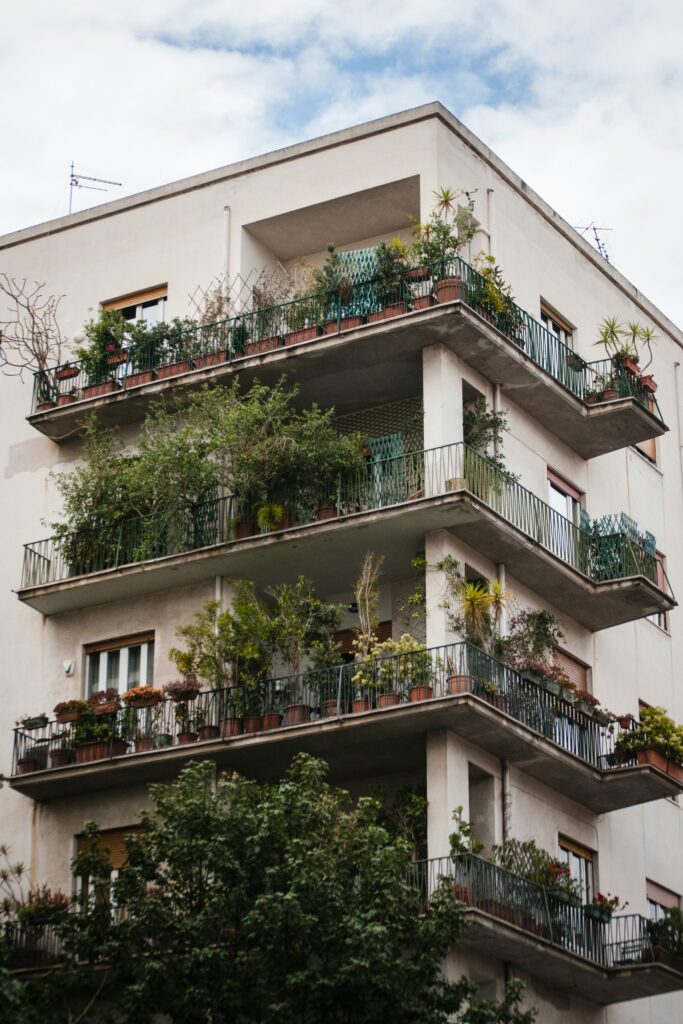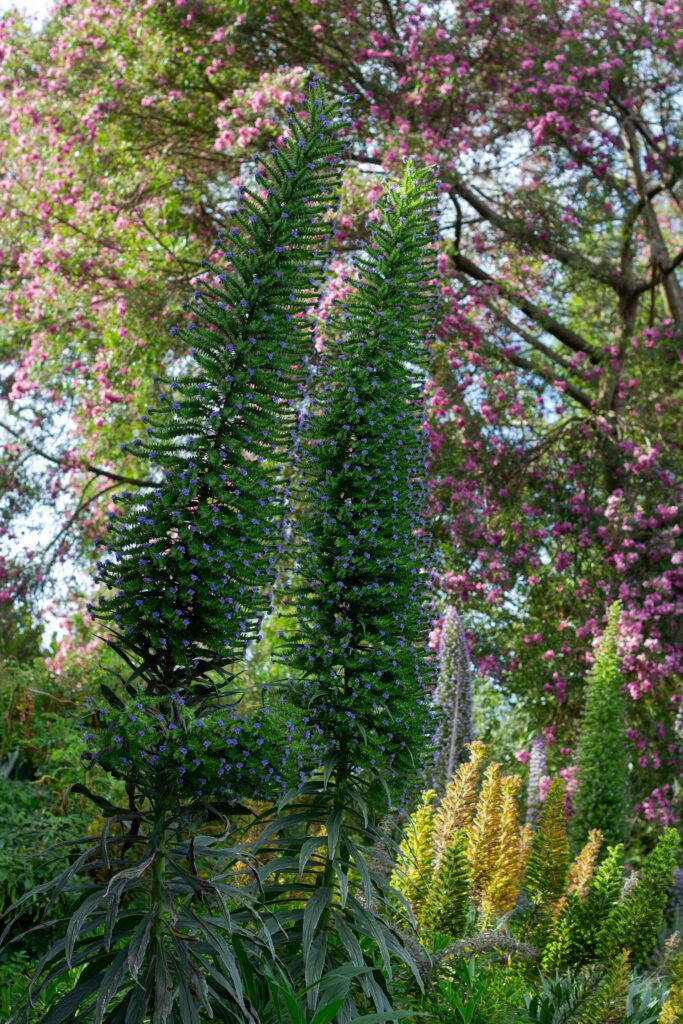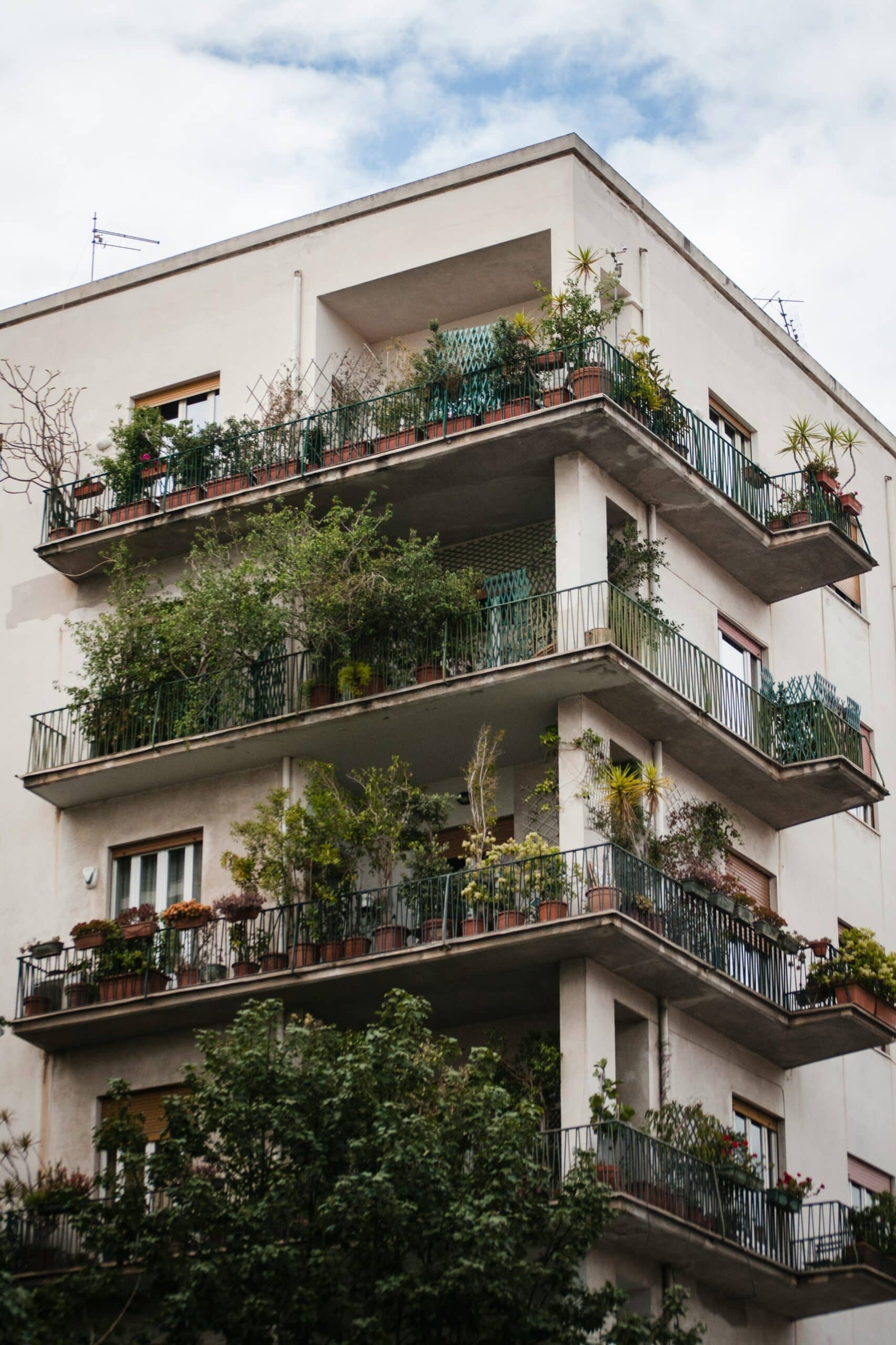Anúncios

With their captivating visuals and refreshing ambiance, these innovative greenery walls not only enhance the aesthetics of your environment but also promote a healthier lifestyle by improving air quality. This post will serve as a comprehensive guide to the world of vertical gardens, offering insights into design techniques, installation processes, and the benefits they bring.
With city living often meaning limited outdoor space, vertical gardens have emerged as a trend that combines nature with urban dwellings, allowing us to embrace green living without compromising on style or space. It’s not just about adding a touch of green; it’s about incorporating nature into your everyday life, creating a living artwork that changes with the seasons. From small indoor projects to large exterior walls, you’ll discover how vertical gardens can transform any area into a stunning green oasis.
Anúncios
Be prepared to delve into the world of vertical garden designs that elevate your aesthetic appeal. Learn about various plant selection, maintenance tips, and tricks to keep your green wall thriving. Moreover, we’ll provide a glimpse of some of the most breathtaking vertical garden designs around the globe to fuel your inspiration. So, let’s immerse ourselves in the rejuvenating world of vertical gardens and discover how they can enliven our spaces with their lush, serene beauty.
Understanding Vertical Garden Designs
Vertical garden designs, often referred to as green walls, are a modern and innovative approach to gardening that merges aesthetics and functionality. They are gaining popularity due to their space-efficient nature and environmental benefits. They transform dull walls into vibrant, living artworks, providing a visual treat and a calming effect.
Anúncios
The Technical Aspect of Vertical Garden Designs
The engineering behind these green walls involves a precise blend of horticulture, architecture, and technology. The vertical structure, often a panel or a freestanding frame, must be strong enough to support the weight of plants, soil, and water. It should also allow for proper drainage and irrigation. The choice of plants should consider the local climate, light levels, and the orientation of the wall. In addition, the choice of growing medium is crucial. It can range from soil-based to soil-less options like hydroponics, aeroponics, or felt-based systems.
The Beauty and Versatility of Vertical Garden Designs
Vertical gardens are far more than utilitarian solutions for maximizing green space—they are expressions of living art that can be adapted to a wide range of environments and design aesthetics. While traditionally associated with exterior facades and outdoor courtyards, modern vertical garden designs have evolved to fit seamlessly into indoor spaces, offering a visually captivating and nature-infused ambiance to any setting.
These gardens are no longer confined to exterior walls or backyard fences. Indoor vertical gardens are making their mark in living rooms, home offices, restaurants, cafés, corporate lobbies, and even hotel foyers, infusing these spaces with texture, freshness, and a biophilic charm that modern design increasingly embraces. Kitchens, in particular, have become hotspots for herb-based vertical gardens, allowing home chefs to cultivate their own fresh basil, mint, oregano, and parsley within arm’s reach—a culinary and visual delight.
Vertical gardens can be designed in a wide range of styles, from minimalist and uniform arrangements that create a clean, modern look, to intricate, artistic compositions that use multiple plant species to form organic mosaics, geometric patterns, or even images resembling living tapestries. Some designers even incorporate colored foliage, blooming varieties, and varied leaf textures to add depth, contrast, and movement to the installation, transforming a once-blank wall into a breathtaking botanical centerpiece.
Whether your taste leans toward rustic, modern, tropical, or artistic, vertical gardens offer endless customization possibilities, making them suitable for both decorative and functional purposes. With the right combination of structure, lighting, and plant selection, they can elevate any environment—indoors or out—into a lush, green sanctuary.
Selecting the Right Plants for Your Vertical Garden
Plant selection is one of the most critical steps in designing a vertical garden, as it directly influences both the visual impact and long-term success of the system. The ideal plants for vertical gardening are those that adapt well to confined root spaces, thrive in the available light conditions, and complement the overall design vision.
The location of your vertical garden—whether it’s indoors with limited sunlight or outdoors with full exposure—will largely determine which plants are appropriate. Indoors, it’s important to prioritize species that tolerate lower light levels and consistent temperatures, while outdoor vertical gardens may require plants that can withstand direct sunlight, wind, or changing seasons.
In general, vertical gardens benefit from plants that have a compact growth habit, shallow root systems, and low-maintenance requirements. Some of the most popular and effective choices include:
- Ferns – With their soft, feathered foliage and shade tolerance, ferns bring elegance and texture to vertical installations. Ideal for low-light indoor spaces.
- Bromeliads – These colorful, tropical plants are known for their rosette shapes and vibrant flowers. They thrive in vertical gardens due to their minimal soil needs and striking appearance.
- Succulents – Perfect for dry environments and sunny spaces, succulents like echeveria, sedum, and crassula store water in their leaves and require little maintenance.
- Vines and Trailing Plants – Species like English ivy, pothos, string of pearls, and wandering jew are excellent for creating cascading green walls. Their natural trailing behavior softens the structure and adds vertical flow.
- Ornamental Grasses and Air Plants – For modern or avant-garde designs, ornamental grasses offer fine textures, while air plants (Tillandsia) can be mounted without soil at all.
When planning your garden, consider mixing plant species to introduce variation in leaf size, shape, and color, which adds richness and dynamism to the overall presentation. However, ensure all chosen plants share similar water, light, and care requirements to simplify maintenance and promote harmony within the garden ecosystem.
Benefits of Vertical Garden Designs
Vertical garden designs, often referred to as green walls or living walls, go far beyond their aesthetic contributions. While these verdant installations are undeniably beautiful, adding vibrancy, color, and life to any setting, their functional and environmental benefits make them a powerful asset for both residential and commercial spaces. By incorporating nature into built environments, vertical gardens serve as more than just décor—they become active participants in environmental sustainability and human well-being.
Environmental Impact and Ecological Advantages
One of the most notable benefits of vertical gardens is their ability to improve air quality. Plants naturally act as air filters, absorbing carbon dioxide, volatile organic compounds (VOCs), and airborne toxins like formaldehyde and benzene. In return, they release clean oxygen, contributing to a fresher and healthier indoor atmosphere. This makes vertical gardens especially beneficial in urban areas, offices, or homes where indoor air pollution can be a serious concern.
Green walls also act as a form of natural insulation. The dense foliage forms a buffer between the building and the external environment, helping to regulate indoor temperatures. During hot weather, vertical gardens can reduce heat absorption by shading walls and lowering surface temperatures. In colder seasons, they offer thermal insulation, trapping warmth and reducing heat loss. This dual function translates into lower energy consumption and reduced reliance on artificial heating and cooling systems—ultimately cutting down utility costs and minimizing carbon footprints.
Another lesser-known yet significant benefit is noise reduction. The layers of soil, plants, and structural backing in a vertical garden can act as a natural sound barrier, dampening noise from busy streets, loud neighbors, or office machinery. This acoustic insulation makes green walls ideal for apartments, open-plan offices, schools, and other environments where noise control is essential.
Improving Well-being with Green Walls
Beyond their environmental advantages, vertical gardens offer profound psychological and emotional benefits. Numerous studies in environmental psychology and biophilic design have shown that being in close proximity to natural elements—especially plants—can positively impact mental health and cognitive performance.
By introducing greenery into indoor settings, vertical gardens help to reduce stress levels, enhance mood, and promote relaxation. This effect is often immediate: even brief exposure to living plants can lower heart rate and blood pressure, creating a sense of calm and serenity. In workspaces, the presence of green walls has been linked to increased focus, greater creativity, and improved productivity. In educational environments, they may foster better attention spans and memory retention.
In healthcare settings, vertical gardens have even been used as therapeutic tools in patient recovery. The presence of plant life has been associated with faster healing times, reduced pain perception, and lower anxiety levels. Likewise, in homes and apartments, green walls can serve as peaceful retreats—natural sanctuaries that bring comfort and mindfulness into everyday routines.
Moreover, vertical gardens encourage a deeper connection to nature, even for those living in densely populated cities with limited access to green space. This reconnection can foster a sense of responsibility, care, and appreciation for the environment, encouraging more sustainable lifestyle choices.
Implementing Vertical Garden Designs
Implementing a vertical garden design requires careful planning. This includes choosing the right location, selecting appropriate plants, and deciding on the type of growing medium. The structure needs to be installed correctly to ensure stability and proper functioning of the irrigation and drainage systems.
Maintenance of Green Walls
Maintenance is crucial to keep a vertical garden thriving. This includes regular watering, fertilizing, and pruning. However, modern systems often come with automated irrigation and nutrition distribution, making maintenance relatively simple.
Exploring Different Vertical Garden Design Ideas
There is a vast range of design ideas for vertical gardens, suitable for different spaces and personal preferences.
- Monochromatic designs, using plants of different shades of the same color.
- Patterned designs, using different plant species to create stripes, waves, or other patterns.
- Picture designs, using plants to create an image or scene.
- Herb garden designs, growing various herbs for culinary uses.
Using Technology to Aid Vertical Garden Designs
Technology plays a significant role in vertical gardening. Automated irrigation systems ensure optimal watering, while smart sensors can monitor light levels, humidity, and nutrient levels. This technology can help even novice gardeners maintain a thriving vertical garden.
Challenges and Solutions in Vertical Garden Designs
While vertical gardens are a great way to incorporate greenery in limited spaces, they do come with their own set of challenges. The weight of the garden can be a concern, especially for large installations. Using lightweight materials and proper support structures can help alleviate this issue.
Ensuring Plant Health in Vertical Gardens
Plant health can also be a challenge in vertical gardens. Ensuring proper light exposure, adequate watering, and optimal nutrient levels is crucial. Using the right plants for the specific environment and implementing technology to monitor and maintain optimal conditions can help ensure the health and longevity of the plants.
With careful planning and maintenance, a vertical garden can transform any space into a stunning green oasis, offering a multitude of aesthetic and environmental benefits. Whether you are an experienced gardener or a beginner, vertical garden designs provide an innovative way to incorporate greenery into your space.

Conclusion
In conclusion, Vertical Garden Designs are more than just a trend; they’re an innovative approach to elevate any space’s aesthetic appeal, transforming it into a stunning oasis with an infusion of nature. Not only do greenery walls beautify your surroundings, but they also offer several ecological benefits, such as improved air quality and temperature regulation. These designs bring an element of tranquility to your environment, creating a soothing atmosphere that’s perfect for unwinding after a long day. Whether you’re looking to enliven your home, office, or even a public space, Vertical Garden Designs offer an endless array of possibilities. With the right selection of plants, the correct placement, and the proper care, your green wall can bloom into a living masterpiece that leaves a lasting impression. So why wait? It’s time to elevate your space with a Vertical Garden Design, a beautiful testament to the harmonious fusion of design and nature. Undoubtedly, these lush, vibrant walls of greenery are more than just a design element – they’re a lifestyle choice that brings a piece of nature into your everyday life. In essence, Vertical Garden Designs are the epitome of aesthetic appeal, breathing life into your space!

